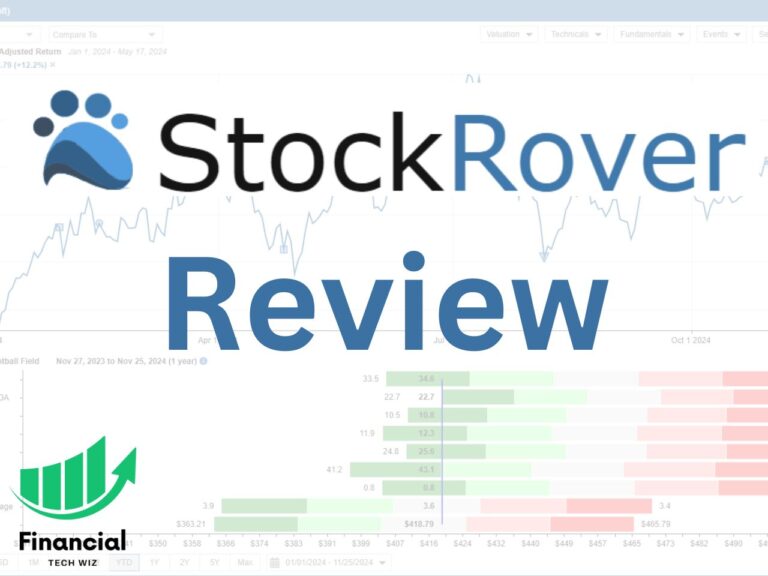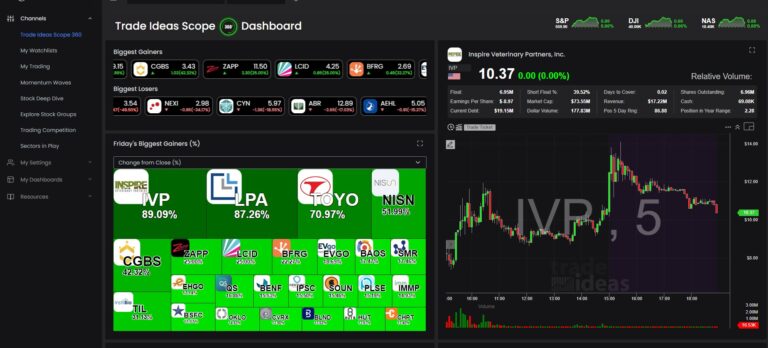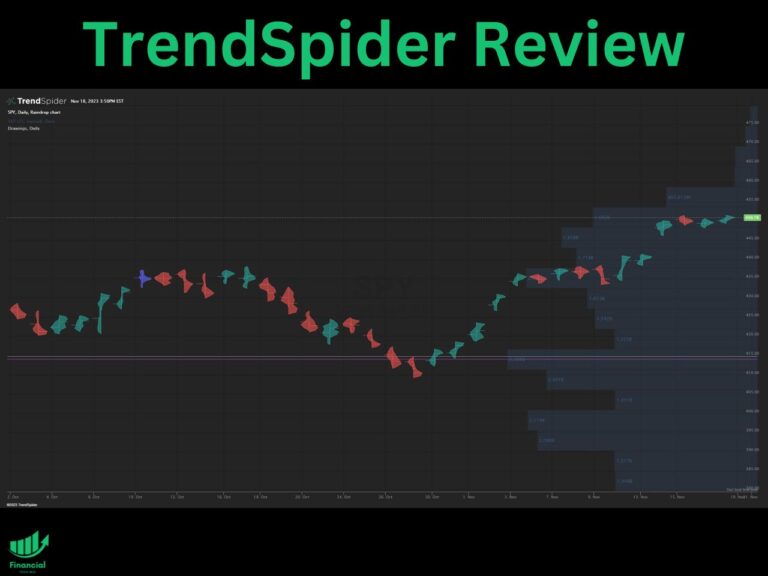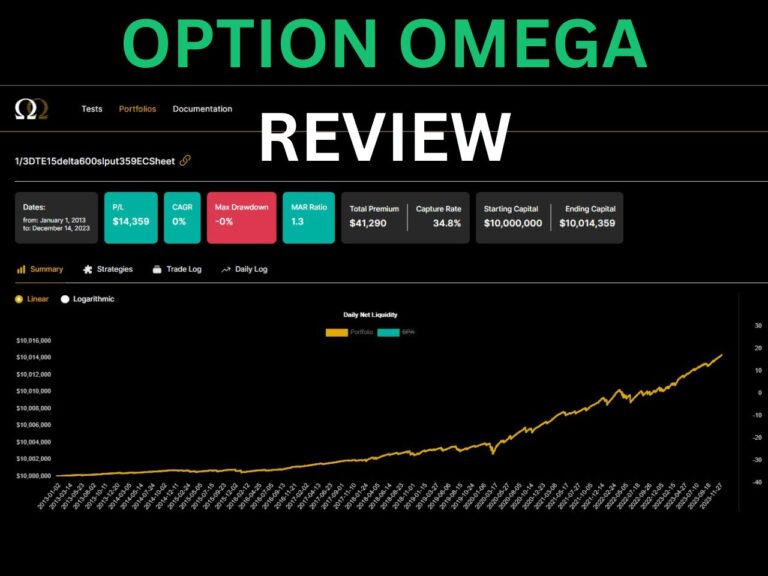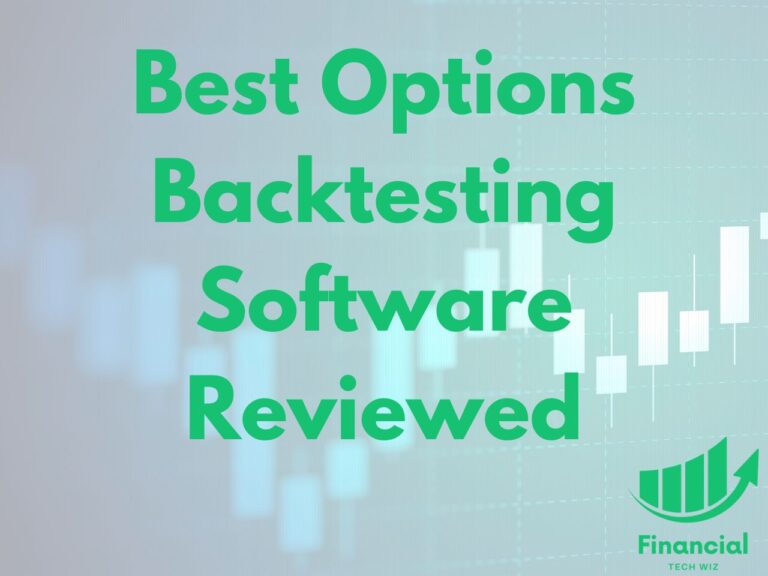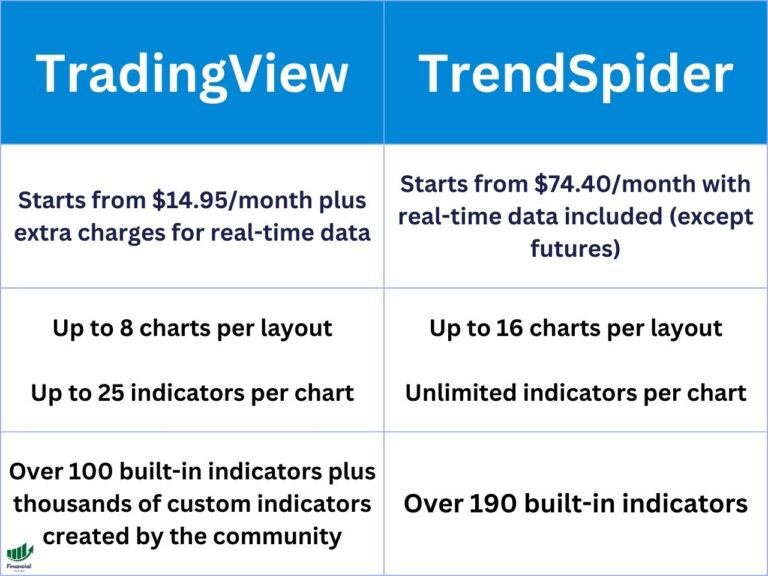FXAIX vs. VTI – S&P 500 vs. Total Stock Market
Discover my comparison of FXAIX vs. VTI to determine which is best for you. I have compiled all of the information about these funds across the internet in this article to make your research easier.
FXAIX vs. VTI Key Characteristics
You can use the table below to compare the key characteristics of these funds:
| Metric | FXAIX | VTI |
|---|---|---|
| 1-Year Annual Return | 26.29% | 26.03% |
| 5-Year Annual Return | 15.68% | 15.07% |
| Expense Ratio | 0.02% | 0.03% |
| Dividend Yield | 1.69% | 1.39% |
| Number of Holdings | 506 | 3761 |
You can compare these funds in real-time using the TradingView chart below. Ensure to click the “ADJ” button at the bottom right of the chart to adjust the data for dividends! While TradingView doesn’t support mutual funds, you can change them to the ETF equivalent to see the returns in real-time. That is why I charted the FXAIX ETF equivalent, VOO in the chart below.
Overview of FXAIX
FXAIX, the Fidelity 500 Index Fund, is a mutual fund managed by Fidelity Investments. This fund aims to provide investment results that correspond to the total return of stocks of large-capitalization U.S. companies. It seeks to replicate the performance of the S&P 500 Index, a widely recognized benchmark of U.S. stock market performance that includes 500 leading companies in leading industries of the U.S. economy.
Overview of VTI
The Vanguard Total Stock Market ETF, identified by the ticker symbol VTI, is an exchange-traded fund managed by Vanguard. VTI is designed to provide broad exposure to the entire U.S. equity market, including small, mid, and large-cap growth and value stocks. While VTI offers diversified exposure to the U.S. stock market, it does not provide international exposure.
Performance Comparison of FXAIX vs. VTI
The total return performance including dividends is crucial to consider when analyzing different investment funds.
As of 1/15/2024, FXAIX has a one year annualized return of 26.29%, while VTI has a five year annualized return of 26.03%.
FXAIX vs. VTI Dividend Yield
Both FXAIX and VTI pay dividends to their shareholders from the earnings of their underlying stocks. The dividend yield is a measure of how much a company pays in dividends relative to its share price.
As of 1/15/2024 the dividend yield of FXAIX is 1.69%, while the dividend yield of VTI is 1.39%.
FXAIX vs. VTI Expense Ratios
The expense ratio is a measure of how much an ETF charges its investors for managing the fund. It is expressed as a percentage of the fund’s assets per year.
The expense ratio is one of the most important factors to consider when choosing an ETF because it directly affects your returns over time. The lower the expense ratio, the more money you get to keep from your investment.
As of 1/15/2024 FXAIX has an expense ratio of 0.02%, while VTI has an expense ratio of 0.03%.
FXAIX vs. VTI Holdings
A fund’s holdings are the basket of individual securities that it owns and tracks. It is crucial for investors to analyze a fund’s holdings because they are effectively what you are investing in by purchasing the fund.
As of 1/15/2024 FXAIX holds 506 securities, while VTI holds 3761.
FXAIX vs. VTI – Bottom Line
Ultimately, both FXAIX and VTI are solid investment choices. The choice between the two ultimately depends on the exposure you want and the amount of risk you are willing to take.
Hopefully, the information in this article helps you decide which is better for your portfolio. To continue your research, check out our other fund comparison articles as well!
– Free trading journal template & cheat sheet PDFs
– Access our custom scanners and watchlists
– Access our free trading course and community!

